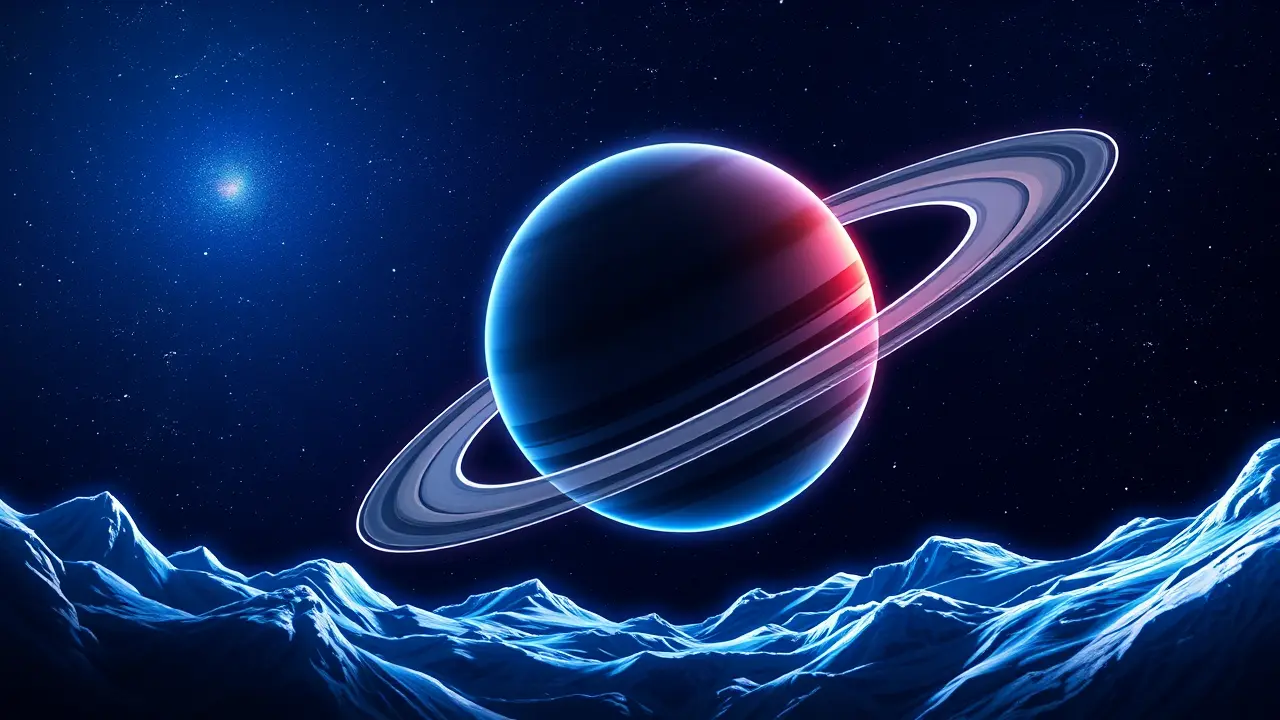
Sciencespace & astronomyNASA Missions
Warm ocean beneath Saturn’s icy moon Enceladus may be perfect for life
TH
Thomas Green
5 hours ago7 min read
The cosmos has a new MVP, and it’s not a red planet or a gas giant, but a small, icy moon orbiting Saturn. Enceladus, long considered a frozen wasteland, is now revealing itself as one of the most promising candidates for life in our solar system, thanks to the enduring legacy of NASA’s Cassini mission.Launched in 1997, Cassini spent over a decade studying the Saturnian system, and its data continues to yield paradigm-shifting discoveries. The latest revelation, published in a recent study, shows a surprising and balanced heat flow at Enceladus’s north pole, mirroring the famous geysers observed at its south pole.This isn't just a local anomaly; it's a fundamental characteristic of the moon's internal engine. This balanced thermal output, emanating from both ends of the celestial body, suggests a stable and persistent heat source deep within its core, likely driven by the gravitational tug-of-war with Saturn—a process known as tidal heating.This consistent energy supply is the master key to the mystery. It acts as a cosmic thermostat, maintaining a vast, global subsurface ocean in a liquid state, not for mere millions, but potentially for billions of years.That timescale is crucial; it’s the kind of deep time that allowed life to emerge and flourish in the warm, nutrient-rich soups of early Earth. Enceladus’s ocean isn't a fleeting puddle; it's a long-term, stable aquatic environment, shielded from the harsh vacuum of space by a shell of ice.Furthermore, the study has refined estimates of this icy crust's thickness, giving planetary scientists a clearer, more detailed treasure map. Knowing where the ice is thinnest, potentially at the poles, directly informs where future missions should aim their drills or sensors.This isn't just about finding water; it's about finding the right *kind* of environment. We already know from Cassini’s fly-throughs of the plumes that this hidden sea is salty, contains organic molecules like methane and carbon dioxide, and has hydrothermal vents on its seafloor—a perfect replica of the conditions around Earth's 'lost city' hydrothermal vents, which are teeming with life independent of sunlight.The implications are staggering. Enceladus has moved from a scientific curiosity to a prime astrobiological target, arguably surpassing even Europa in its immediate promise.The next logical step, a dedicated mission to directly sample these plumes, is no longer a question of 'if' but 'when. ' As we look toward the stars with ambitions for Mars, this small, gleaming moon reminds us that the most profound discoveries might be hiding in the subsurface oceans of our own cosmic backyard, a testament to the relentless and wondrous ingenuity of nature.
#featured
#Enceladus
#Cassini mission
#subsurface ocean
#astrobiology
#heat flow
#Saturn moon
#icy moons
Stay Informed. Act Smarter.
Get weekly highlights, major headlines, and expert insights — then put your knowledge to work in our live prediction markets.
Related News
© 2025 Outpoll Service LTD. All rights reserved.
